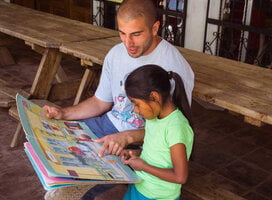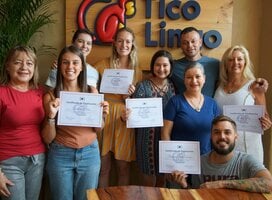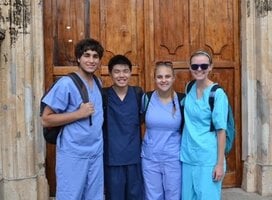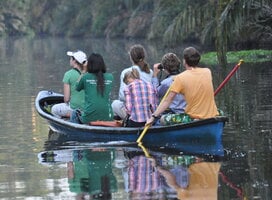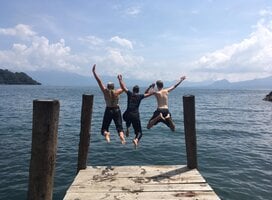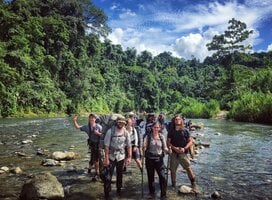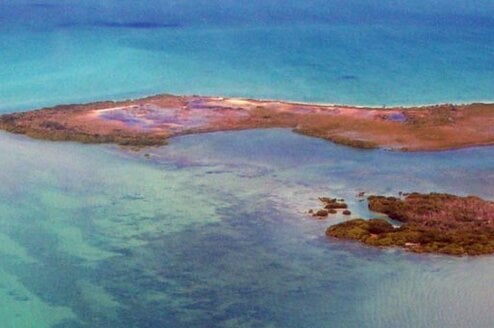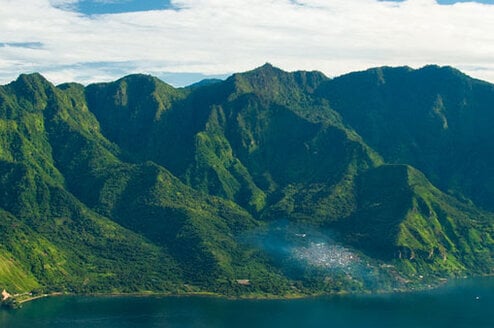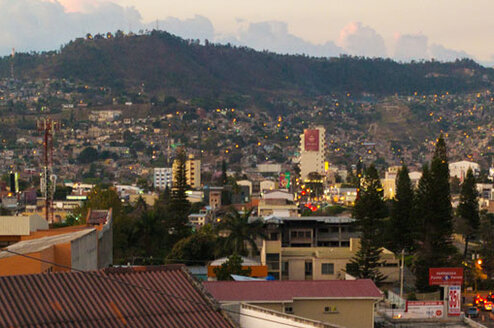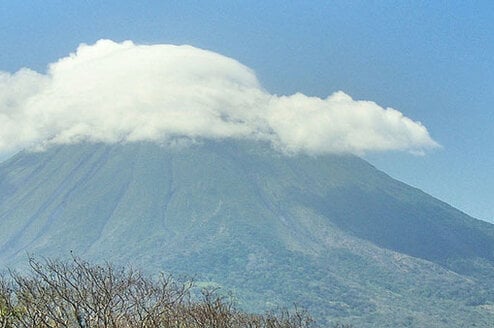Gap Year Programs in Central America
There are many preconceived notions of what Central America is like. The best way to combat this? Go explore the region and see for yourself! You’ll likely discover that most people’s perceptions of Central America don’t match reality.
Such diversity in a small area also means you can plan an interesting and rewarding gap year on a lower budget. Traveling the length of Central America is totally possible in a year and open-jaw tickets (eg. flying into Belize and out of Panama) are usually about the same price as standard returns.
Check out the exciting things that await you during a gap year in Central America!
In order to decide where to go, it’s best to first decide what you want out of your gap year.
Volunteering
You will be spoiled for choice when it comes to volunteer opportunities, so it’s worth taking some time to sort through your options. Sites such as HelpX.net and wwoof.net are great for finding opportunities to volunteer, with the latter concentrating on organic farms. There is usually a range of options according to whether you are looking to volunteer in an area of experience, adding some value to the program, or if you are offering your labor but hoping to learn new skills as you go. Some programs cover all of your expenses, while others ask for a contribution to cover your food. Either way, you can easily work your way around the region on a shoestring budget.
Language Immersion
There are large parts of the region where English is spoken, but Spanish dominates in most countries and a gap year is an excellent way to immerse yourself and learn a new language. There are many courses and schools featured on Go Overseas to meet your needs. Most courses offer options for excursions in the local area and the chance to stay with local families. Many chose to take an intensive course at the beginning of their trip and use the rest of the time to practice as they go.
Visas
While it’s always best to check the specific agreements between your country and the country you are visiting, it’s worth noting that Nicaragua, Honduras, Guatemala, and El Salvador have an agreement known as the C-4 which means you just need one visa for all four countries. It also means, however, that if you enter as a tourist you only get 90 days between the four countries before you need to either leave the country (i.e. cross into Costa Rica or Belize), or apply for a visa extension. In most cases, it’s easy to extend your visa for up to a further 90 days. This costs around US$20 per month and can be done at any immigration office. It’s usually easier to take this route than to think about getting residency if you are only going to be staying for a year, but if you do decide to apply for residency be sure to check the requirements before you leave, as you will often need documents such as a police check from your home town.
The idea of a gap year is, after all, to take a break from work/study. If you just want to unwind, El Salvador has miles of unbroken sandy beaches, and Nicaragua’s Little Corn Island is exactly as you imagine a Caribbean Island with white sand, blue sea, and stunning sunsets.
If you want to get out and about, there’s plenty to see in Central America.
- For wildlife try the jungles and rivers of Nicaragua, the volcanoes of Costa Rica, and Belize’s spectacular Barrier Reef.
- For history there’s the historical Mayan ruins of Copán, Honduras, and Tikal, Guatemala, or the architectural diversity of Casco Viejo, Panama.
- For a cultural experience, forget Spanish and try the Mayan regions of western Guatemala, the Garífuna of Honduras, or the Rama areas of Nicaragua.

